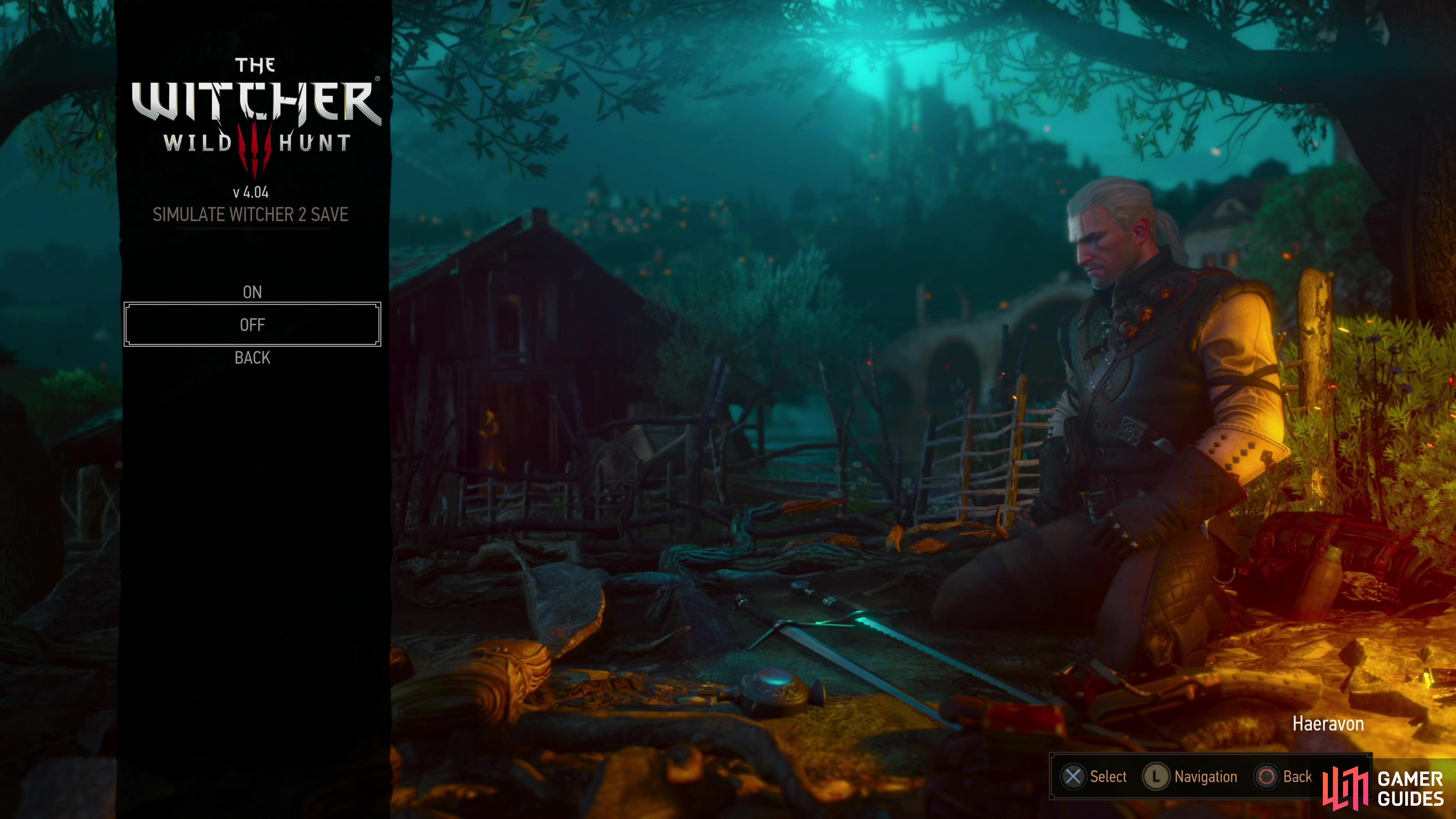Select which game mode you wish to start in The Witcher 3: Wild Hunt and next you’ll need to select a difficulty. If you want the ultimate prize in The Witcher 3, the Walked the Path achievement/trophy, you’ll need to beat the game on Death March! difficulty, but even if your aspirations aren’t quite as lofty, knowing exactly what changes with each difficulty setting can help you tailor your gaming experience to suit your tastes. This page will discuss what changes with each difficulty mode, with specific emphasis on the challenges you’ll face in the harder difficulties in The Witcher 3.
Difficulty Options and Effects¶
There are four difficulty modes in The Witcher 3: “Just the Story”, which is effectively easy/story mode, “Story and Sword!”, the game’s default/normal difficulty, “Blood and Broken Bones!” for those folks who want more of a challenge but are intimidated by the hardest difficulty in the game, “Death March!”. If you want the Walked the Path achievement, you will need to set the game’s difficulty to Death March! and keep it there the entire playthrough… or at least until you beat the main questline, any secondary quests, witcher contracts or random exploration can be completed once the story is done.
You can simulate a Witcher 2 save to set some of the choices made in the last time, or decline and you’ll get to pick these outcomes later in the game.
Generally the higher the game’s difficulty, the more damage enemies will inflict with their attacks, and the more HP they will have. In addition to balancing numerical variables in favor of your foes, you may also find your ability to heal restricted and if you are KO’d by guards for misbehaving in their presence, they’ll take more of your money.
Difficulty Effects¶
Below you’ll find a list of the major changes in each difficulty mode:
| Difficulty | Enemy HP | Enemy Damage | EXP Earned | Meditation Restores HP |
|---|---|---|---|---|
| Just the Story | -50% | n/a | 100% | Yes |
| Story and Sword! | +10% | +40% | 100% | Yes |
| Blood and Broken Bones! | +20% | +130% | 90% | No |
| Death March! | +80% | +230% | 80% | No |
Most of this should be self-explanatory, but it’s worth noting that despite the EXP penalty on higher difficulties, there’s still no progression barrier. You can grind to your heart’s content to make up for slower EXP gain, and you’ll likely never be under-leveled even if you beeline the main story. The higher your level compared to a quest/enemy, the less EXP you receive, so a lot of EXP is functionally lost/wasted on an easier difficulty, anyways.
As for the “Meditation Restores HP” category, you can meditate at almost any time to fully restore your health (Vitality). In the harder difficulties, meditation doesn’t restore HP, generally making it more difficult to keep your health topped up between battles. You can still recover HP by consuming food or potions, by using Quen’s “Active Shield” to heal, or by simply waiting an agonizing amount of time - Witchers have passive but slow health regeneration. This seems like a bigger deal than it really is, and it’s mostly a pinch in the early game, where you have fewer resources and, of course, not enough ability points to unlock Active Shield.
(1 of 3) In the harder difficulties, you won’t recover Vitality by resting.
Generally the difficulty in Death March! is front-loaded, with the first two fights in the game (mostly the first one) arguably being the most difficult. Once you’ve survived those, options open up, making your life much easier, and by the time you leave White Orchard behind you should be well on your way towards completing the game on its hardest difficulty. Once you have three ranks in “Active Shield”, life becomes much, much easier, and following that only the odd scripted fist fight against multiple opponents (where you can’t use Quen) should pose any significant challenge… provided you avoid quests and enemies whose level far exceeds your own (skills are bad - avoid them).
Once you’ve settled on a difficulty setting you can move onto the next choice - whether you wish to Simulate a Witcher 2 Save or not.





 Sign up
Sign up
No Comments